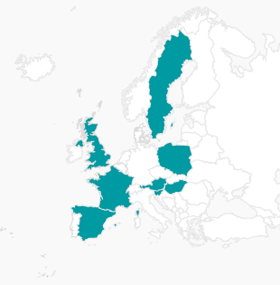New AGENTA Working Paper is now online!
Friday, 9. October 2015 in Publications
Abstract:
While the importance of unpaid household labour in total economic output is recognized, little is known about th e demographics of its production and consumption. Our goal is to give a comprehensive estimation on the value of production and consumption of unpaid la bour by age and gender and analyse non- market economic transfers in 14 European countries, which represent about 80 per cent of the population of th e European Union. Our calculations are based on publicly available harmonised data. We introduce a novel imputation method of harmonised European time use data (HETUS) to the EU income survey (EU-SILC) in order to assign time spent on home production to consumers in households. Monetary values are attributed to unpaid labour activities using harmonised data on earnings (SES). Apart from pointing out key country specific results, we make two important observations on the age patterns of no n-market economic activity. First, the economic lifecycle of men and women differ. The gender gap in household production is not evenly distributed over the lifecycle and cohorts of working age women contribute the most in net terms. Se condly, the main beneficiaries of unpaid household labour are children, not adult me n, nor the elderly. In contrast with the national economy, in which intergenerational flows are important in sustaining both childhood and old age, working age people almost exclusively support only children in the household economies of Europe. Older cohorts consume household goods and services mostly produced by them. With our analysis we add a new focus to the research on home production. While keep ing the gender aspect, we demonstrate the importance of the lifecycle comp onent of unpaid household labour.



 This project has received funding from the European Union's Seventh Framework Programme for research, technological development and demonstration under grant agreement no 613247.
This project has received funding from the European Union's Seventh Framework Programme for research, technological development and demonstration under grant agreement no 613247.